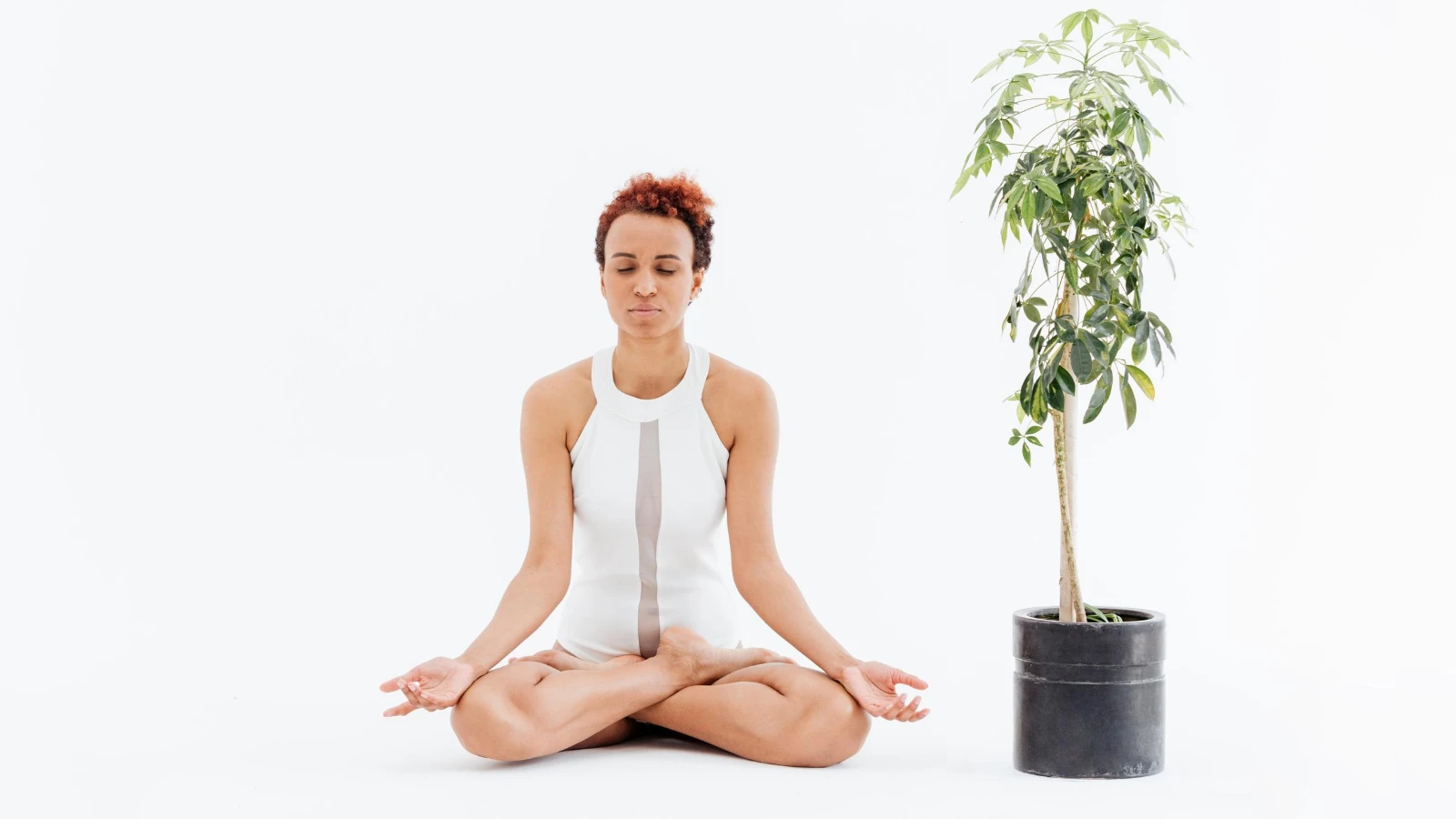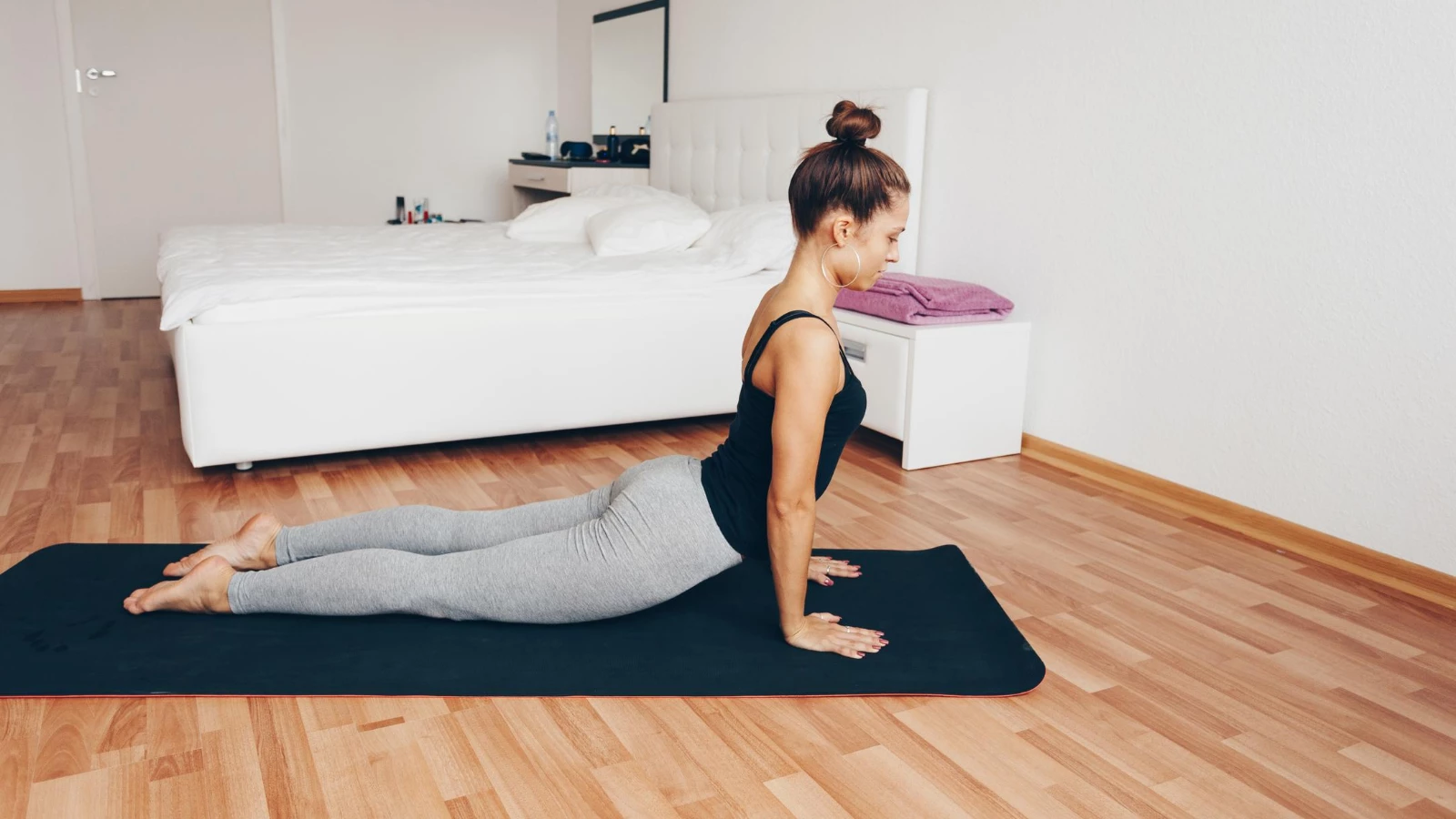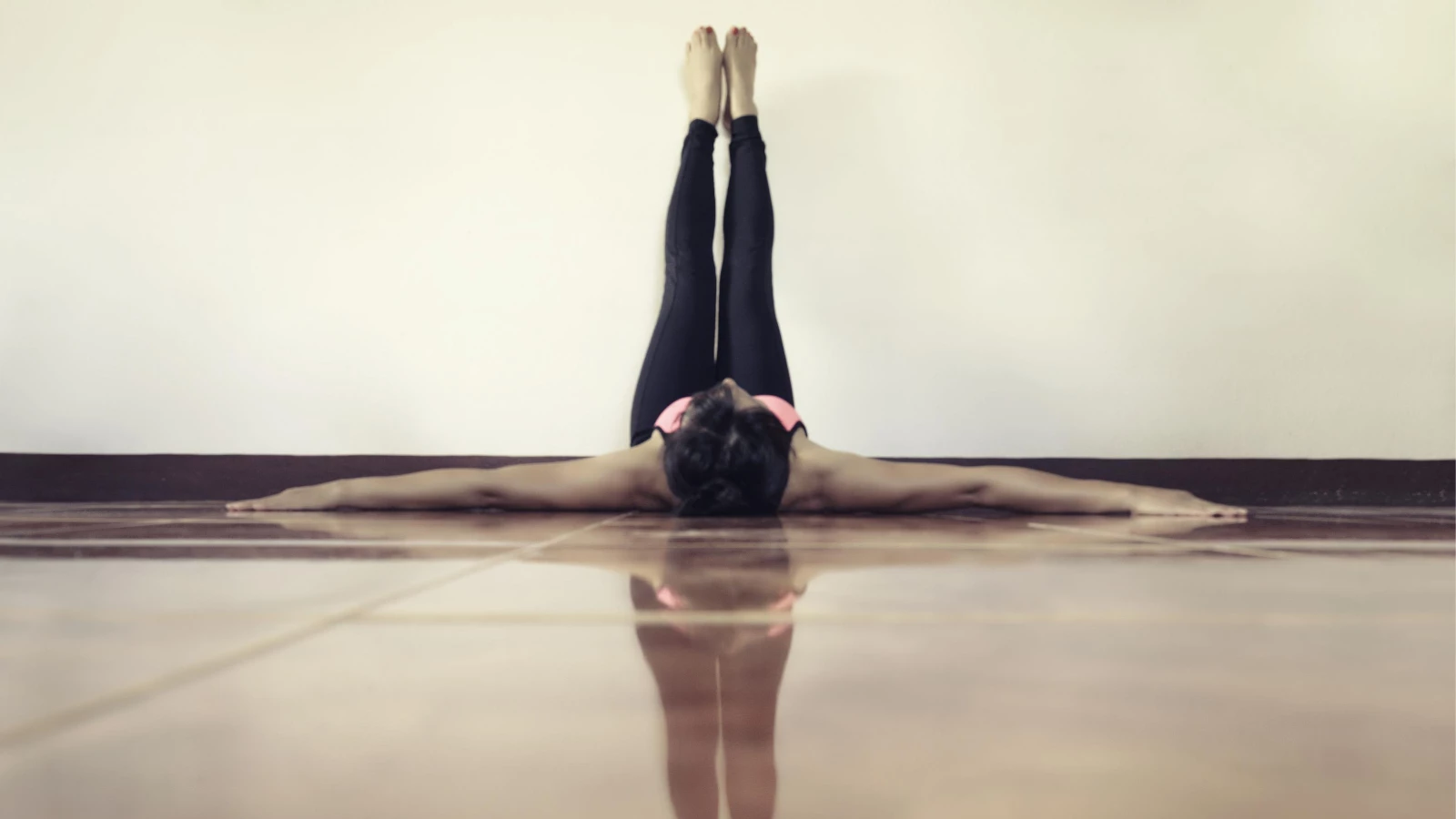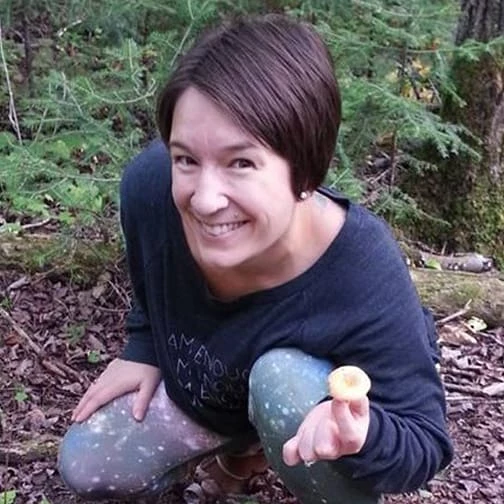Yoga for Stress Relief: Why Do I Hoard? How Do I Stop?

Do you hoard? What is the first answer that comes to mind? What is the first visual image you see when you think of the word?
Let us first look at the definitions of the word hoard to give us some perspective before we dive in a little deeper.
The word hoard is defined as follows:
noun
1. a stock or store of money or valued objects, typically one that is secret or carefully guarded.
“he came back to rescue his little hoard of gold.”
verb
1. amass (money or valued objects) and hide or store away.
“thousands of antiques hoarded by a compulsive collector.”
As a verb, hoarding is often described in the following ways:
1. “Compulsive hoarding, also known as hoarding disorder, is a pattern of behavior that is characterized by excessive acquisition and an inability or unwillingness to discard large quantities of objects that cover the living areas of the home and cause significant distress or impairment.”
2. “Hoarding is the persistent difficulty discarding or parting with possessions, regardless of their actual value. The behavior usually has deleterious effects—emotional, physical, social, financial, and even legal—for a hoarder and family members.”
After reading this, your first response to the original question, “Do you hoard?” might be no, simply because of the textbook definition of hoarding as a disorder.
From the perspective of the eight-limbed path of yoga, we can learn more about what it means to hoard and how to shift that behavior. In particular, the first limb of the yogic path, or as I say, living a yogic lifestyle, teaches about the Yamas.
Freedom from Greed in Yoga’s Yamas

The word Ashtanga, a style of yoga from the Hatha lineage, literally translates to “eight limbs yoga.” Each of the limbs of the eightfold path is described in detail in the second chapter of the traditional yoga text, Yoga Sutras of Patanjali.
Yama, the first of the eightfold path, refers to our moral restraints, how we relate to others. The “Yamas” consists of five parts: Ahimsā (non-harming), Satya (truthfulness), Asteya (non-stealing), Brahmacharya (directing one’s energy toward the Divine), and Aparigraha (greedlessness, non-hoarding).
The fifth Yama, Aparigraha, is a big one for our current society and mainstream way of life. Aparigraha simply means taking only what you need.
Do you really need 20 T-shirts, 20 tank tops, 10 pairs of jeans, that second or third car in your driveway, that 2,500 square-foot home, a whole room full of toys for your child, that third helping from the buffet?
The answer to all these questions is usually no.
Of course, there are exceptions, but generally, most of us today in modern society have far too much stuff! Most people are concerned with acquiring material possessions. This has been taught that this is a sign of success in life. “I worked hard, so I deserve that new [item]!” We reward our children with material things when they do well at something, teaching them from a very young age that achievement means the acquisition of physical tangible rewards or possessions. The idea of lack, or not having enough, is frightening. And so we collect, we eat too much, we live in clutter and chaos.
Yoga Wisdom: Cluttered Space = Cluttered Mind
Aparigraha teaches us to scale things down, and to give some thought to what we actually need, to shift our focus away from the act of acquiring to a more internal focus of inquiring. With self-inquiry and the cultivation of self-awareness, we can come to the conclusion that yes, five T-shirts will suffice, that we can most always function more optimally with less.
For example: Smaller house = less house to clean = more time to do what you love. Less clothing = less laundry to wash and fold = less time wasted, money spent, negative impact on the environment = more time and money to do what you love.
This doesn’t mean that we cannot buy that beautiful handmade pottery teapot we’ve had our eye on for months. If something brings you joy and lights you up to have it in your space, I’m all for it!
How to Explore Yoga’s Aparigraha (Greedlessness)

Here is a real-life example. I have wanted to buy this beautiful deep purple new Roots sweatshirt for a couple of months now. I already have several old secondhand sweatshirts, because that’s the way we roll in our house—we love the local thrift shops mucho!—some of which I haven’t worn in the last year. Before I splurge and invest in this purple sweatshirt—did I mention that purple is my favorite color?—I will go through my closet and purge. I will either donate the items or save some for my rapidly growing child who will soon be as tall as me!
At least once a year, usually on the Spring Equinox, my family goes through their belongings, through the whole house, and pares down “the stuff.” We are already fairly minimalistic, but even within that, things still seem to accumulate! We donate what we haven’t worn or used in a year, what we no longer want or need to a local shelter or family in need as our first choice, and occasionally to our local thrift store. The act of giving without the expectation of receiving is a wonderful practice that teaches little ones a valuable life lesson. Plus, it feels really good!
Now please remember, this is yoga “practice,” not yoga “perfected!” We are human and we are going to have human experiences. This is about being present and living consciously in each moment, taking note of when we find ourselves acting in any of the ways described above (a little note to self), and then release it. Let it go and change your thought pattern and your course of action. Nothing is ever black and white and you always have the choice to change. Be gentle with yourself as you integrate aparigraha into your way of being.
Reprinted with permission from Breathe Live Believe.
 Guided by Leanne Wierzbicki, intuitive Yoga teacher, healer, educator, holistic health and nutrition coach, and author. Breathe Live Believe is unique in its commitment to Green Yoga and its desire to create community that unites as One.
Guided by Leanne Wierzbicki, intuitive Yoga teacher, healer, educator, holistic health and nutrition coach, and author. Breathe Live Believe is unique in its commitment to Green Yoga and its desire to create community that unites as One.
I offer Trauma-Sensitive Hatha style and Restorative therapeutic private, semi-private and corporate Yoga, Yoga for First Responders, Holistic Health and Holistic Nutrition Coaching services, Plant-Based Whole Foods Classes, Workshops, and Retreats.
I practice Green Yoga, a practice that translates the 5000-year-old moral teachings of yoga into living a sustainable and green lifestyle, one in which we not only learn to purify and transform the body, mind, and spirit but one where we take those teachings off the mat and into the environment.


